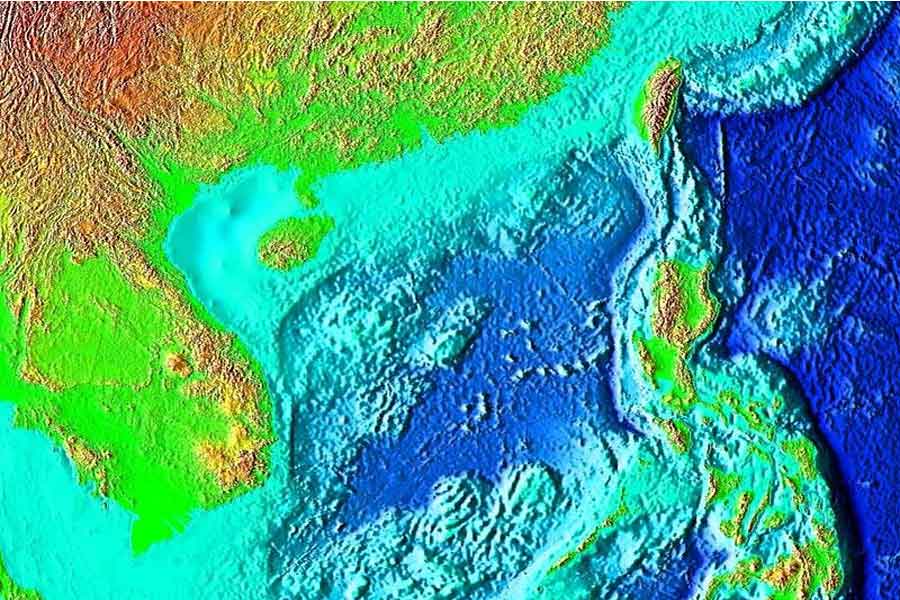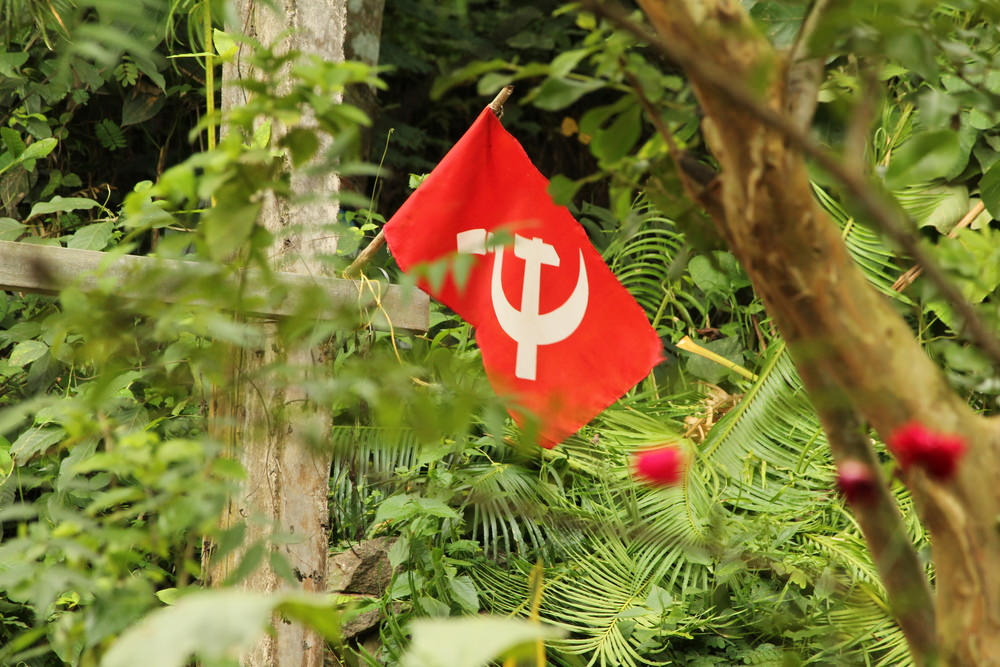East Asia has been a major foreign policy consideration for India in the 21st century. India has held its ‘Look East policy’ for almost three decades, and still strives to do so—with its updated ‘Act East policy’. These policy derivatives were structured to counter China’s growing regional prowess in the Indo-Pacific region and to restrict Beijing in East Asia.
‘Act East’ was a head-to-head approach to thwart China by adding woes to its strategic concerns in East Asia. Among the many issues, the South China Sea dispute has become a key issue. South China Sea, a region ravaged by ‘invalid’ Chinese occupation, gave space for countries like India to put China on the backfoot in its own backyard.
India’s significance in the South China Sea is twofold; economic and strategic. In economic terms, 55 per cent of India’s total trade passes through the region; Trade outlook has been another major factor dictating India’s strategic interests in the region.
As per recent trade data, India’s trade with China [including Hong Kong] ($ 107 billion), Vietnam ($ 13 billion), Indonesia ($ 21 billion), Singapore ($ 27 billion), Malaysia ($ 17 billion), Thailand ($11 billion) have exhibited significant growth. Moreover, over $ 45 billion worth of significant Indian trade transits via this region to far eastern countries such as Japan, Republic of China (Taiwan) and South Korea—thus boosting trade and strategic paradigms in the region beyond as well.
Oil has also been an economic factor which adds to India’s interest in the region. India has been operating oil exploration projects in Vietnam’s Exclusive Economic Zone (EEZ) through its state-run petroleum company ONGC Videsh since 1988. However, due to the recent standoff between China and Vietnam following their longstanding maritime dispute, and its proximity to India’s oil exploration gigs, it will be a diplomatic task for India to re-assure its strategic assets in the region. There were also reports suggesting Indian investments in Indonesia for building refineries and Liquified Natural Gas (LNG) plants as an addition to its existing oil-based investments in South China Sea.
India’s strategic interest in the South China Sea is seen as a counterweight to Chinese influence in the Indian Ocean region. Likewise, India has swiftly acted eastwards through its defence capabilities. The Indian Navy has been put into place and military checkpoints have been well-knit in the region, primarily to protect India’s valuable shipments and ensure freedom of navigation, as well as to cordon off the Chinese from its territorial exploits.
For India, its strategic relationship with littoral nations in the South China Sea and its historical ties with the Association of Southeast Asian Nations (ASEAN) came in handy for pursuing security reconnoitres in the region. Countries such as Singapore, Vietnam and Indonesia wholeheartedly responded to India’s maritime security needs in the South China Sea. In 2018, Singapore agreed to grant logistical access to Indian Navy in Changi Naval Base, giving greater access for India in one of the most important shipping lanes in the world—the Strait of Malacca.
Vietnam has also allowed Indian naval ships to use Nha Trang Port, close to the fiercely contested Chinese “Nine Dash Line” in the South China Sea. India is also building a Satellite Tracking Station in Vietnam via Indian Space Research Organisation (ISRO), thereby putting China under its geo-spatial lens. The tracking station would be in sync with other Indian satellite tracking stations strategically pinned in the region, namely in Brunei and Biak (Indonesia).
Additionally, India has also agreed to develop Sabang Port in Indonesia to curtail China from expanding beyond its ‘sovereign’ confines in the South China Sea. Besides, India has been actively participating in many joint military drills and exercises in the South China Sea. India’s joint naval exercise conducted in the South China Sea along with the United States, Philippines and Japan early in 2019 signified the will and persistence of India to resist China by joining hands with other countries.
India’s healthy relationship with the United States could be handy given their common foe—China. The recent rift between the United States and China owing to a trade war could be beneficial to India as the United States can play a vital role in facilitating India to attain its security prospects, and roll out its full-fledged ‘Indo-Pacific’ initiative in East Asia to restrict China’s growing influence in the region.
Mutual cooperation between India and the United States could also be a paramount factor in muscling China in the South China Sea. Importantly, the Logistics Exchange Memorandum of Agreement (LEMOA) between India and the United States provides Indian defence forces logistical access to United States’ military facilities in the region—especially the ones operational in Japan, Guam and South Korea.
India’s actions in the South China Sea show intent and tenacity to outwit China. Even at times of a prospective war, India’s strategic approach in the South China Sea could be beneficial in flummoxing the Chinese in its very own backyard. Yet, India cannot undermine the Chinese adroitness and, should remain ever-vigilant.
Soft power can also be a persuasive fill-in for Indian interests and, if rightly executed, it could firmly place India as a pivot in a China-centric region. Trade and tactics could both come handy for India and, if India goes about it intelligently, the ‘Act East policy’ would definitely be a worthy exploration venture for India in the South China Sea.
Cover Image: South China Sea







